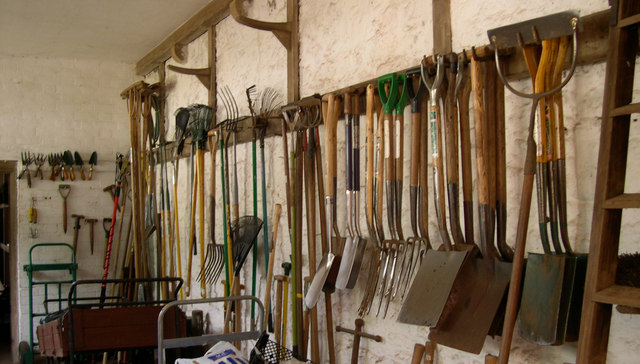
When it comes to living and working on an off-grid homestead, there are a lot of different tasks people need to accomplish. Many of these tasks are in the area of land maintenance. Trust me, if you don’t take care of the land, it will be an overgrown mess in no time flat, and then you will have a problem on your hands. Sure, there are many motor-driven power tools that will make your job easier, but they always seem to stop working or run out of power right when you need them most. Manual tools, though, are always there for you. So here are some of my favorite manual tools for land maintenance.
A Good Axe

If your homestead is in a wooded area, you are going to need a good axe. My favorite is an antique double-bit axe. A little more dangerous than their single-bit cousins since you have to watch both sides of the axe, the balance of a double bit axe is a thing of beauty. Another advantage is that you can sharpen the two bits differently – one with a slightly keener edge and one with a wider (but still sharp) edge.
A keen edge cuts better but also chips easier, while the more obtuse edge can be used for grunt work type tasks where there is an increased chance of hitting something that might hurt a thin edge (like chopping wood that is on the ground or a root). Oh, and the handle on my best axe is hickory and rather thin. This makes it lightweight so I can swing it all day.
Double-Wheel Steel Wheelbarrow
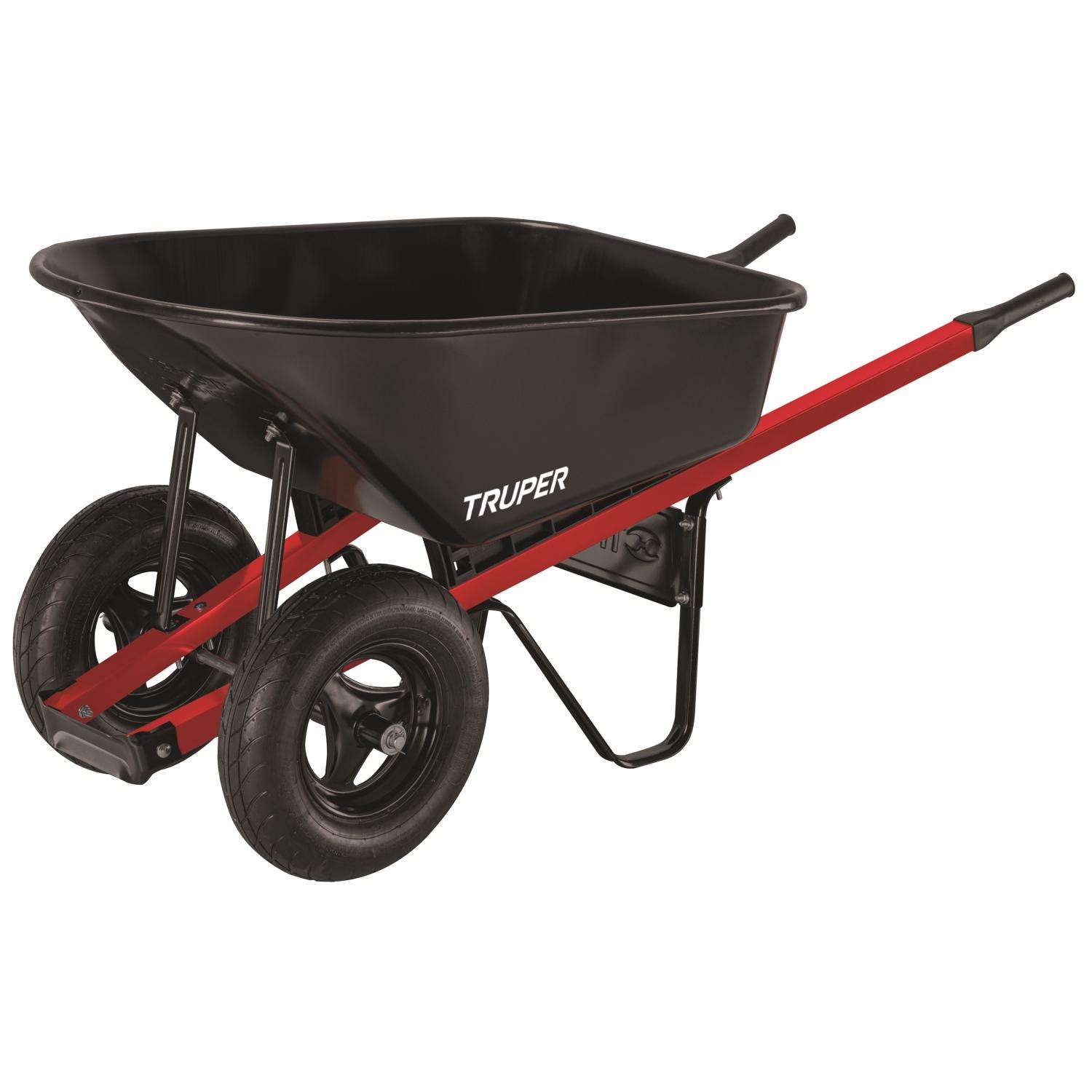
I could have just said a wheelbarrow, but the other modifiers are actually important for this one. Anyone who has ever used a wheelbarrow has probably tipped over a load on accident. And whoever has tipped over a wheelbarrow has probably pulled a back muscle trying to prevent the darn thing from spilling the load. To (almost) eliminate this possibility, it’s a good idea to get a wheelbarrow with two wheels in the front. The stability of a double-wheel wheelbarrow is unparalleled, making it one of the best tools for the job.
In addition to the double wheels, make sure it is made of steel. This quality can be difficult to find but is worth the effort. Plastic or resin wheelbarrows don’t cut it next to a steel one. Where a steel one will dent and still be usable, a plastic or resin one will crack and be unusable. Remember, you are going to be tossing rocks, firewood, and all sorts of other hard and heavy objects in your wheelbarrow. It needs to be tough, and nothing is tougher than steel.
San Angelo Bar
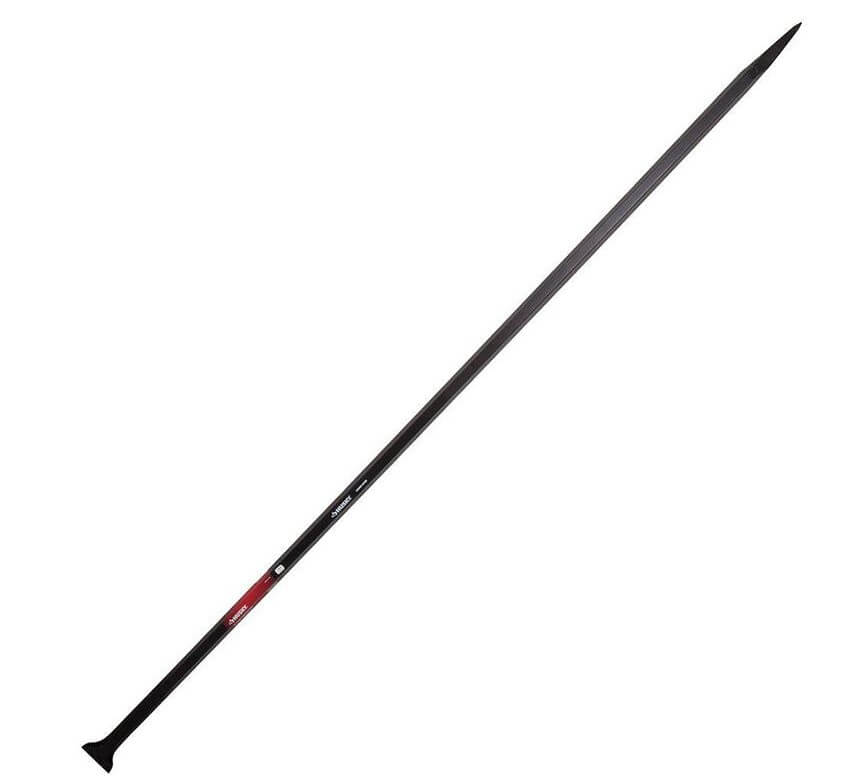
Before moving out to my homestead, I had never heard of a San Angelo bar. Now, I would never be without one. Basically a 6-foot long and 1-inch wide piece of steel with a point on one end and a wedge on the other, a San Angelo bar is a beast of a tool. It excels in digging and prying. Need a big rock moved? Use the San Angelo bar. Need a post hole dug in hard Ozark chert? Use a San Angelo bar. How about a giant root or a big stump? Yup, use the San Angelo bar. It seriously does things that other tools can’t, making it a must-have tool. And it is a great shoulder workout to boot, believe me.
5-Gallon Buckets
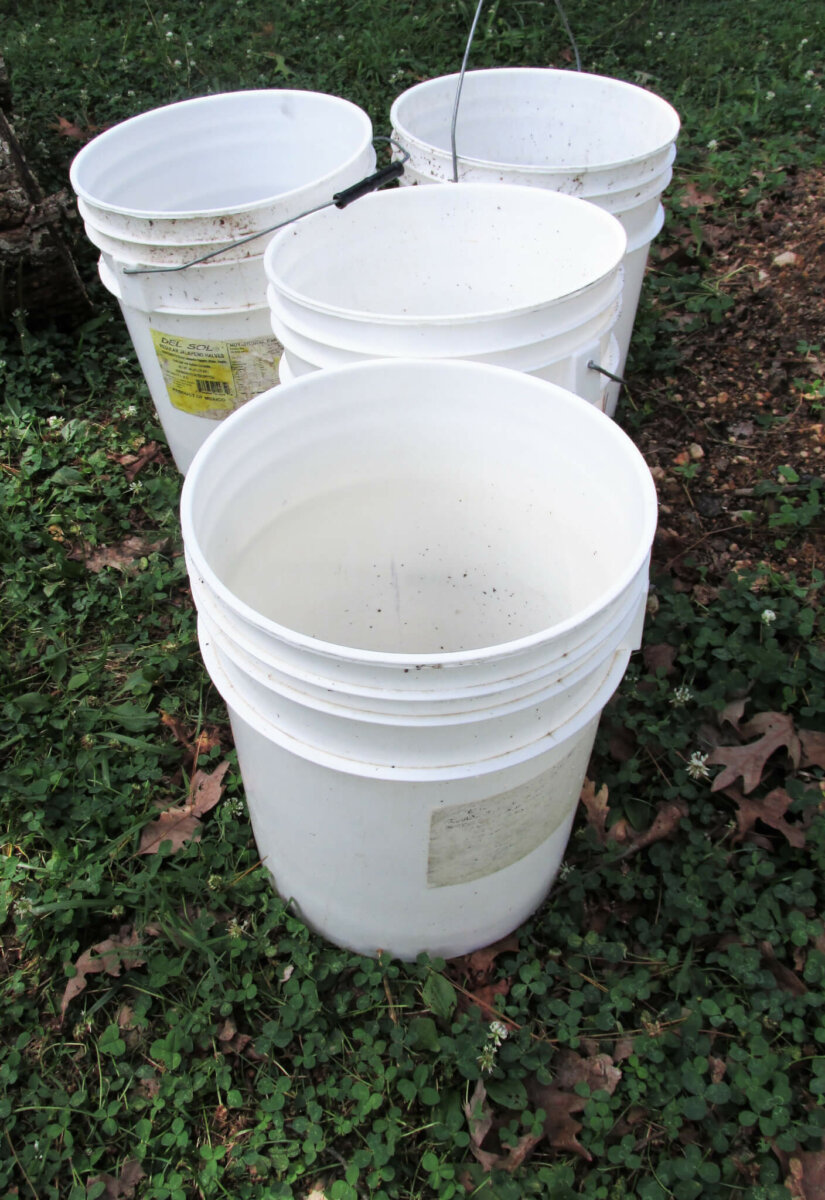
Yes, I am being serious. A 5-gallon bucket is supremely useful to have around your off-grid home. And the more you have, the merrier. I probably have 30 of these buckets, and there are still times when I am in need of another. Obviously, their main use is for carrying stuff, and the 5-gallon size is convenient for your average human (a full bucket of water weighs about 40 pounds). Aside from water, I have used them to carry countless tons of dirt, sand, and stone. When they eventually give out, you can use them as chicken or pigeon nesting boxes.
As a side note, it is much easier to carry two buckets than it is to carry a single bucket, even if they are both fully loaded. Walking with a single, 40-pound bucket to one side of your body puts all sorts of stress on you. Two 40-pound buckets distribute the weight evenly, makes it easier to move, and you’re likely to spill less water!
Scythe
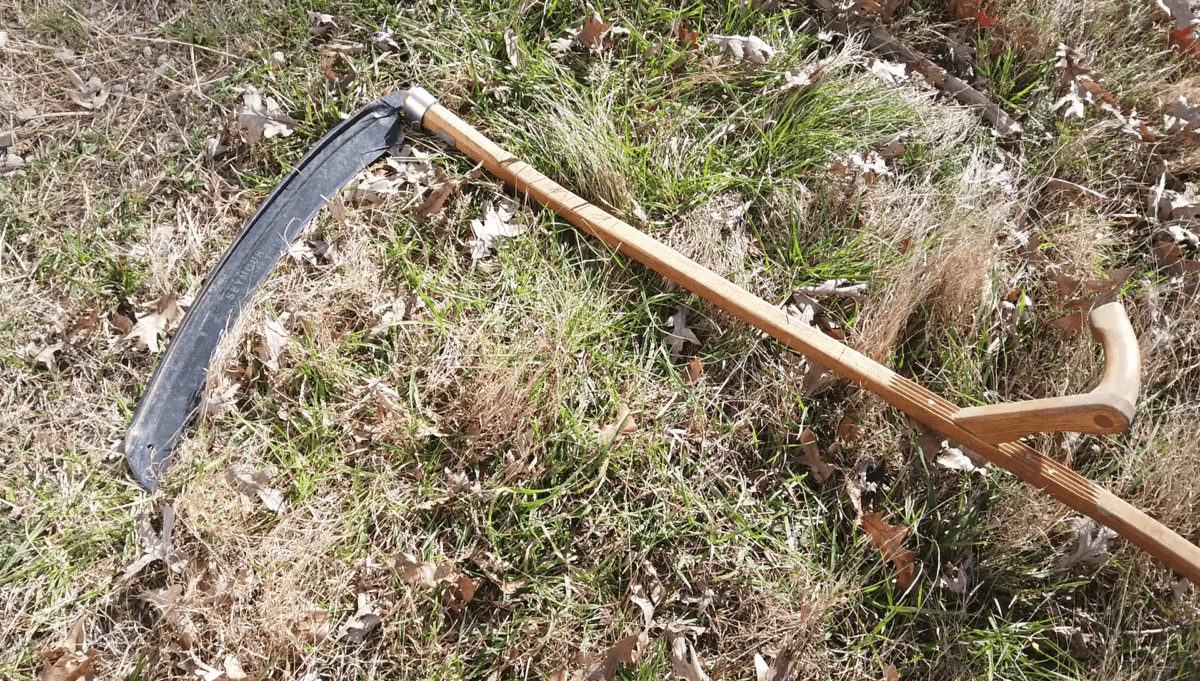
Sure, you don’t need to keep your grass as well manicured as you would in a suburban environment with an HOA, but you still need to do the occasional mowing. This is where a scythe comes in handy. No need for gas, it produces no fumes, and the battery doesn’t die in the middle of a job. It also produces a satisfying “swishing” sound as you cut the grass, and it cuts tall grass way better than the average lawnmower that gets bogged down in such conditions.
A Big Non-Clogging Leaf Rake

Nothing is more annoying in the fall than raking with a steel-tine rake and having to rip off the leaves every few sweeps. Save yourself some time and frustration with a large (something like 30-inch) clog-free leaf rake.
Machete

Get yourself a nice machete and make sure it has a full tang (the metal goes all the way through the handle). I have a Tramontina machete that I like a lot. It does need a few modifications in order to make it perfect, but most machetes aren’t without flaws right out of the box. You will need to make sure the whole blade is sharpened all the way to the point – a grinder will save you time on this task. Also make sure the handle is sanded so there are no grooves or protrusions, or you will get blisters in a hurry.
Pulaski

A Pulaski is the best tool you can have to get out stumps and roots. Once you fell a tree, you can either wait many years for the stump to rot, or you can get it out of the ground. Removing it takes a lot of work, but the Pulaski will help you more than any other tool. One side has your axe blade, and the other side basically has an axe head oriented 90 degrees to the other one. This combination makes cutting up the roots of the stump substantially easier.
Pickaxe (More Appropriately Called a Pick Mattock)

Still the king of digging up hard dirt, the pickaxe certainly deserves a place on every homestead. In the Ozarks, and many other areas of this country, a shovel isn’t going to make any sort of dent in the ground on its own. You need something to loosen the dirt first; this is where the pickaxe shines. Use the pick side to get into really hard soil (like in the middle of a summer drought), and use the mattock side for slightly softer soil. In a pinch, it can also be used to break some types of large stones, but it does dull it quite quickly.
Shovel
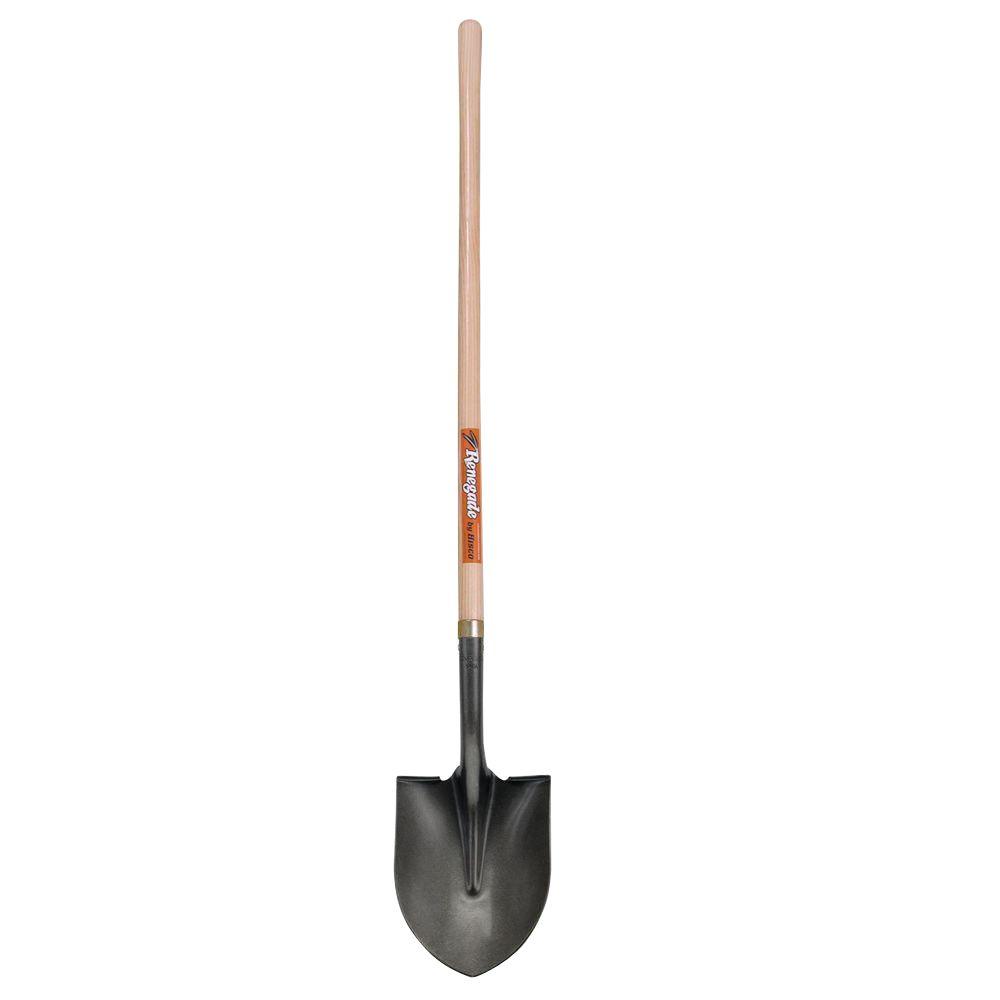
Of course, you will need a shovel. You have other tools for breaking and loosening up hard soil, but only a shovel will suffice to get it into buckets or a wheelbarrow and move it somewhere. My main shovels always have a straight wooden handle – none of those fancy D-shaped or O-shaped handles.
Come-Along

Get a nice, strong come-along. I have two of them, and I use them all the time on the homestead. I use them to help pull down trees, pull out and drag stumps, and free my truck when it gets stuck. Make sure to pair it with some heavy-duty straps to get the most out of your come-along.
Heavy-Duty Tow Straps

These are mostly for use with the come-along. I have a few sets of these straps and can link them together to pull something from almost 100 feet away if need be. I have straps with a working load limit of 10,000 pounds and a breaking strength of 30,000 pounds. At 4 inches wide and 30 inches long, they are some heavy-duty straps. Don’t skimp on these – the last thing you want is a strap breaking and whipping back at you.
Extendable Pole Saw

When a branch needs to be cut, and it is out of reach from the ground, you generally have two options: Use a regular saw on an adjustable ladder, or use a pole saw. Of these two, the pole saw is the right tool for the job and is safer because you are on the ground. Many injuries result from falling off a ladder, especially when it is placed up against a round object like a tree. Save yourself from having to lug around a ladder (and a possible fall) with a pole saw. Try to get an extendable one so you can get extra reach from it.
Bow Saw

In my previous article, A Guide to Bladed Hand Tools, we went over the different types of hand saws like the crosscut and rip saw. In this article, we’ll talk about saw for trimming jobs on the ground, a bow saw. It’s a simple tool that makes quick work of small trees and branches up to 5 to 6 inches in diameter. And one of the nice things about a bow saw is that the blade is easily replaceable – no sharpening required. Just be sure you get a good bow to complement your blade.
And there you have it. Hopefully this list of essential tools has been helpful and a good starting point for those of you who plan to buy your own property and start off-grid living.













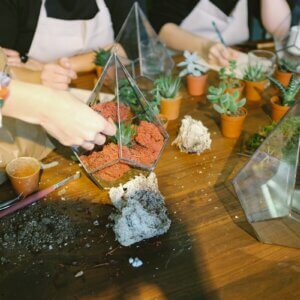










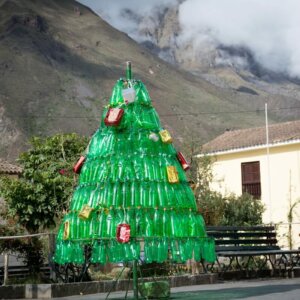

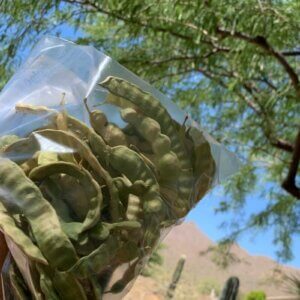
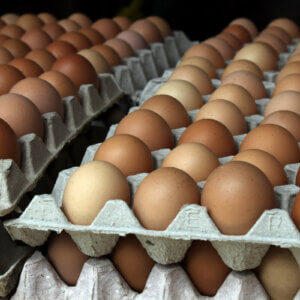




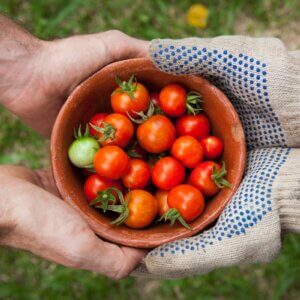


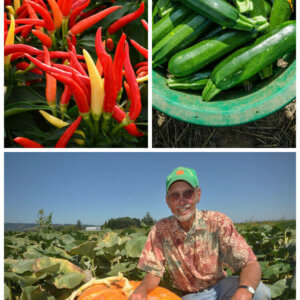

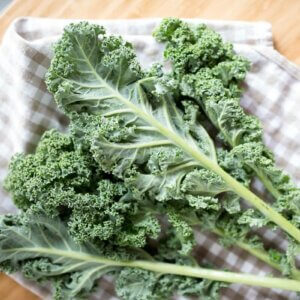
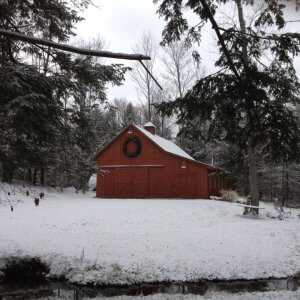


Regarding the 5 gallon pails, the easiest way to carry two 5 gallon pails is with a shoulder yoke. We’ve all seen the pictures of a Little Dutch girl carrying two wooden pails of water!
Shoulder yolks are not only picturesque but they are also traditionally the best way to carry two containers of any type, if heavy.
A good reference for making a shield can be found in Country Woodcraft by Drew Langsner.
I carved a shoulder yoke out of Aspen wood, using his design over 40 years ago and it still works fine.
A further note regarding plastic pails is, they work fine for carrying, but I wouldn’t keep anything, living or consumable in them, as they off gas volatiles their entire lifespan.